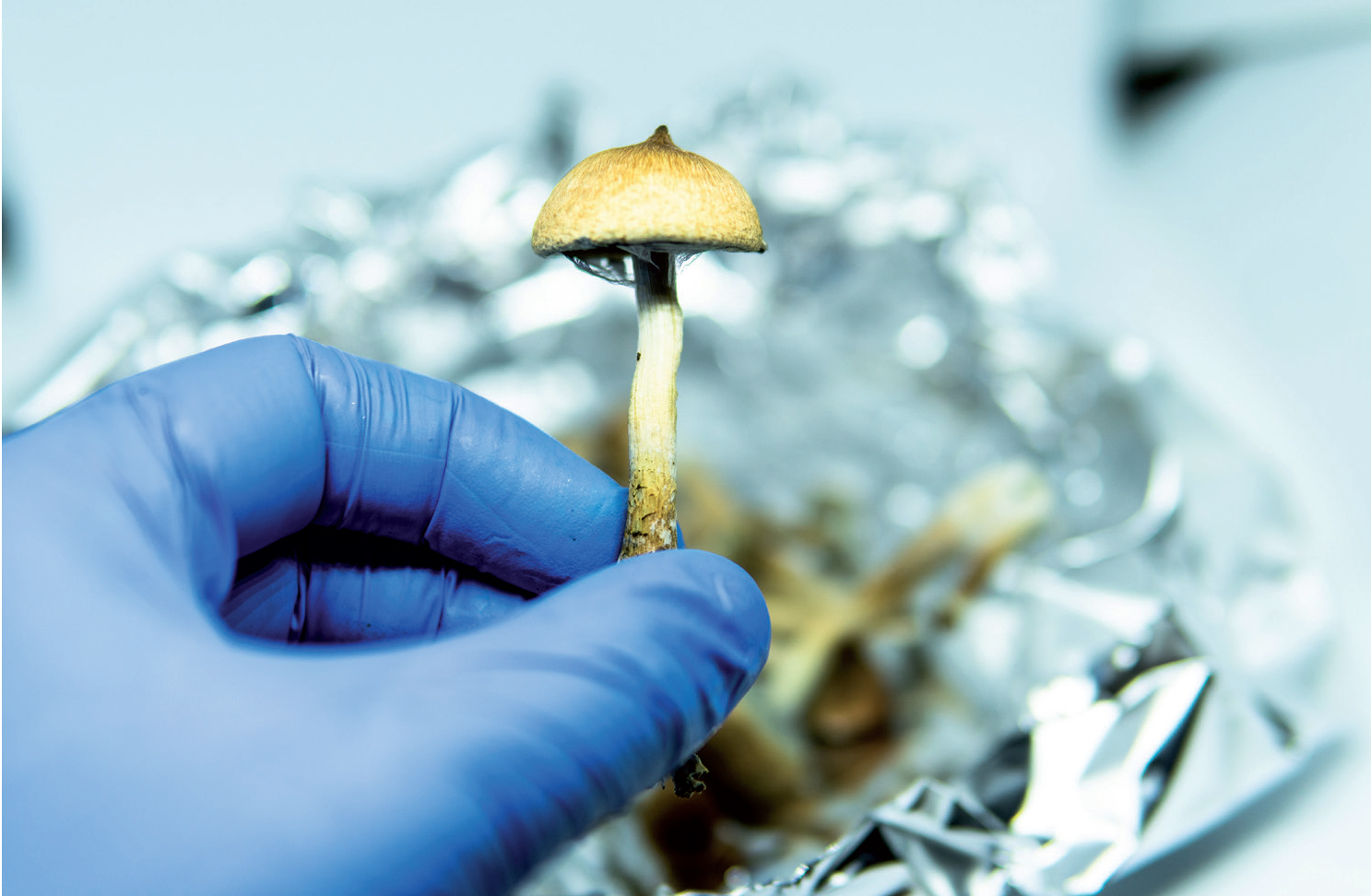It seems certain that the first description of intoxication by Liberty Caps (Psilocybe semilanceata) – or as they are popularly known today, ‘magic mushrooms’ – was provided by Brande (1800). In October 1799, Mr Everard Brande was summoned to the house of a family stricken with unusual, diverse symptoms. The father, ‘JS’, had gone to Green Park, London, to gather field mushrooms, which he cooked in a saucepan along with some flour, water, and salt. This mixture was consumed by ‘JS’, his wife and four children. An hour later ‘JS’ developed vertigo and black spots before his eyes, while the rest of the family – with one exception – experienced stomach cramps and cold hands and feet. However, eight-year-old Edward ‘… was attacked with fits of immoderate laughter’. Brande administered emetics and ‘fortifying tonics’ which mediated the family's recovery several hours later.

Brande (1800) was keen to bring these ‘… deleterious effects of a very common species of agaric, not hitherto suspected to be poisonous’ to a wide audience. But a more literary contribution brought to a still wider audience the hallucinatory effects of Liberty Caps in the context of narcotic-inspired Victorian folklore: Lewis Carroll's Alice's Adventures in Wonderland (1865). In a recent edition of the book (Carroll, 1965), John Tenniel depicts a hookah-puffing caterpillar perched on a mushroom while he addresses Alice ‘. in a languid, sleepy voice.’ Heaving himself off the mushroom the laid-back larva advises Alice to nibble the mushroom he's just been sitting on: ‘One side will make you grow taller; the other side will make you grow shorter.’
Notwithstanding Carroll's mycophilic machinations, the fact that Liberty Caps contain a powerful hallucinogenic alkaloid – psilocybin – was only established in the 1950s (Nichols, 2020). French mycologist Roger Heim sent a 100 g sample of dried Psilocybe mexicana mushrooms for analysis to Albert Hofmann at Sandoz Pharmaceuticals, Switzerland (Hofmann had discovered the effects of lysergic acid diethylamide, or LSD, in 1943). With animal assays unsuccessful, ‘Hofmann ingested 2.4 g of the dried mushrooms to convince himself that the mushrooms were indeed active. Subsequently, whole extracts of the mushrooms were subjected to preparative paper chromatography to separate the various components’ (Nichols, 2020). The paper chromatogram was cut into distinct bands that Hofmann's colleagues voluntarily ingested, leading to the identification of the active component (Hofmann et al, 1958). It was subsequently found that classic psychedelic drugs such as LSD, psilocybin, N, N-dimethyltryptamine and mescaline influence perception and cognition by activating serotonergic 2A receptors (Bălăet, 2022).
Under the name of Delysid, LSD was marketed for medical use by Sandoz in 1947, and as Snelders and Kaplan (2002) indicate, the 1950s saw the emergence of a laissez faire attitude among Dutch psychiatrists towards research into hallucinogenic drug-related therapy. Some were keen to assert their autonomy, revelling in a climate of virtually free experimentation that pre-dated the constraints imposed by the formalities of informed patient consent and ethical review committees. For example, Snelders and Kaplan (2002) cite Jan Bastiaans, the director of Amsterdam's Psychoanalytic Institute from 1954 to 1963, who administered both LSD and psilocybin to traumatized survivors of German and Japanese concentration camps of the Second World War. Bastiaans, who treated around 300 of these patients, occasionally using Nazi paraphernalia and psychodrama to help them relive their experiences, claimed some measure of success with these methods. However, the increasing use of LSD and magic mushrooms in the counterculture of the 1960s brought such therapy into disrepute.
Psychedelic drugs, however, are making a come-back. For example, de Veen et al (2017) note that psilocybin's chemical structure is like that of serotonin and that dysregulations in the serotonin system are associated with alterations in stress hormones like cortisol. Thus, ‘after psilocybin administration cortisol levels spike and activate the executive control network, with subsequent increased control over emotional processes, and relief of negative thinking and persistent negative emotions’ (de Veen et al, 2017), with alcohol and smoking addiction studies in humans showing promising effects of psilocybin administration on substance use: ‘Importantly, psilocybin has a low risk of toxicity and dependence and can be used safely under controlled clinical conditions’ (de Veen et al, 2017).
As the history of psilocybin implies, medical science does not exist in a vacuum, and is just as vulnerable to political pressures as any other field of endeavour.


